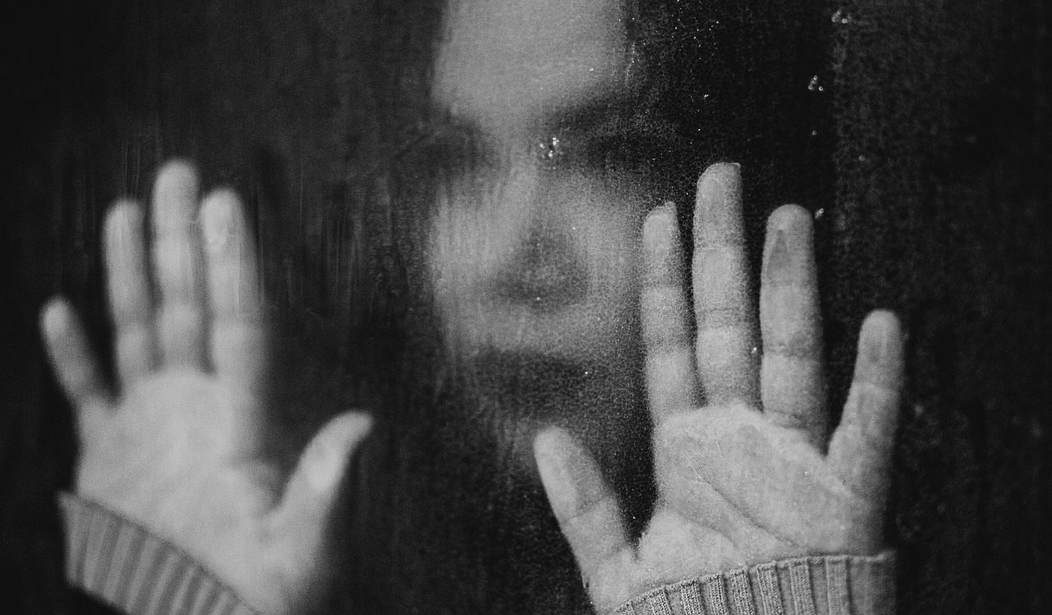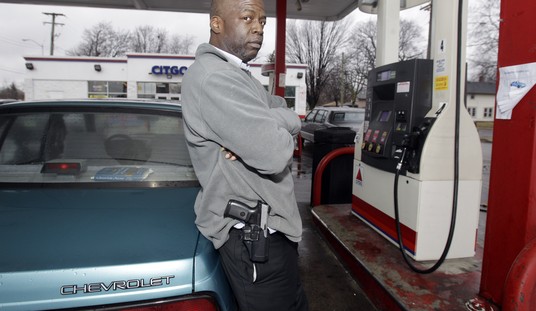Today is World Suicide Prevention Day. It is an important and solemn day, especially for those of us who have lost loved ones to suicide.
About 11 years ago, my family in India lost someone to suicide, someone near and dear to my heart. It was a huge loss for my family, which had been reeling from another accidental death just days prior. The funeral of one young person is bad enough, but the back-to-back funerals of two young people is gut wrenching. It was especially hard on my mom, who still sheds tears to this day at the memory of the lost young lives.
Longtime readers of this site are also familiar with the loss of Bob Owens, a strong advocate of our right to keep and bear arms.
Suicide is a serious problem, not just in the United States but globally. The triggers are similar across nations, races, religions and cultures. The irreversible consequences are preventable with timely intervention.
There are numerous resources available for not just those at risk, but for those of us who can step in to help our at-risk friends, family and acquaintances. The National Institute of Mental Health (NIMH) recommends the following five steps for those wanting to help someone they think may be at risk:
ASK: “Are you thinking about killing yourself?” It’s not an easy question, but studies show that asking at-risk individuals if they are suicidal does not increase suicides or suicidal thoughts.
KEEP THEM SAFE: Reducing a suicidal person’s access to highly lethal items or places is an important part of suicide prevention. While this is not always easy, asking if the at-risk person has a plan and removing or disabling the lethal means can make a difference.
BE THERE: Listen carefully and learn what the individual is thinking and feeling. Research suggests acknowledging and talking about suicide may reduce rather than increase suicidal thoughts.
HELP THEM CONNECT: Save the National Suicide Prevention Lifeline’s (1-800-273-TALK (8255)) and the Crisis Text Line’s number (741741) in your phone, so it’s there when you need it. You can also help make a connection with a trusted individual like a family member, friend, spiritual advisor, or mental health professional.
STAY CONNECTED: Staying in touch after a crisis or after being discharged from care can make a difference. Studies have shown the number of suicide deaths goes down when someone follows up with the at-risk person.
The politics of guns shouldn’t interplay with an issue that affects all of us, but unfortunately, it does. Globally, the methods of suicide vary; in the United States, the broad ownership of firearms makes them a dominant method of suicide. Our adversaries on the gun control side have a habit of unethically exploiting firearm suicides, which account for close to 60% of firearms deaths, to inflate the headline number to make it appear that gun violence is a lot higher than it actually is. Setting aside their devious tactics which embitter many among us, we still have a responsibility, not just as gun owners and Second Amendment advocates but as human beings, to help those at risk of suicide.
So let us take this day to acquaint ourselves with the warning signs of suicide that can help us save those who maybe putting themselves at danger.









Join the conversation as a VIP Member